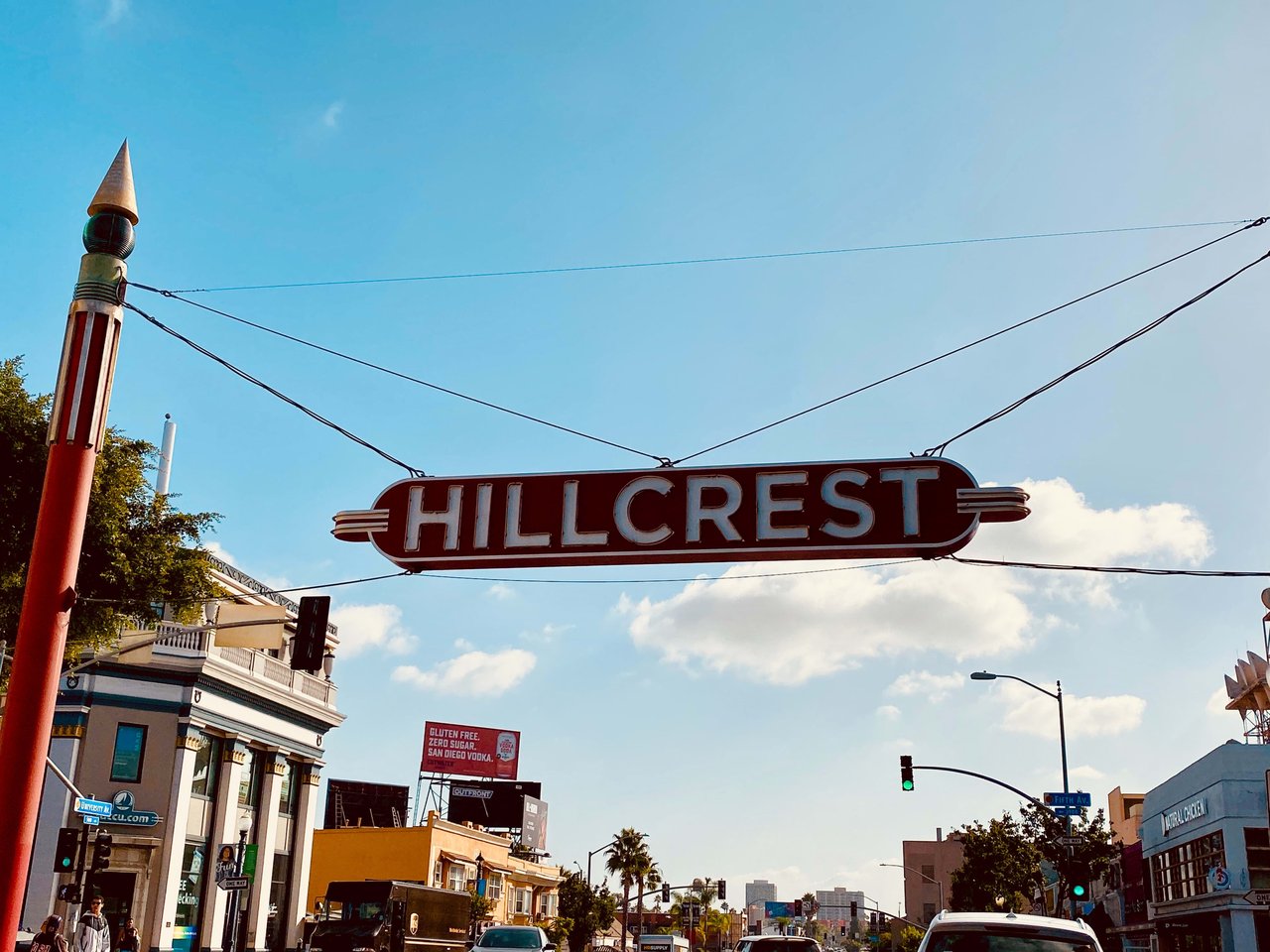A 1031 property exchange is one of the easiest ways to build wealth, diversify your real estate portfolio, and take full advantage of your real estate investments. And while the rules of a 1031 exchange are somewhat vague when designating like-kind properties, they can be incredibly stringent when it comes to timing and the details of a transaction. Building a clear understanding of your 1031 property exchange opportunities before you sell is vital to your transaction’s success.
San Diego’s premier 1031 exchange team, the Emerson Group, is well-versed in the process and can guide you through a successful sale. Agents at the Emerson group know precisely how quickly transactions need to be completed and are intimately acquainted with all the fine print that comes with deferring capital gains tax via a 1031 exchange.
Founded by Nick Emerson, the Emerson Group has an extensive track record of helping property investors build generational wealth through the use of 1031 exchanges. They also understand that executing a 1031 exchange in the current market can be particularly challenging when considering the exceptionally low inventory of qualifying properties for sale. In response to these market trends, the Emerson Group has developed a comprehensive approach to 1031 property exchanges, ensuring each client is fully aware of their options before entering the transaction. Below is an introductory guide to how Nick Emerson and his team can help you successfully exchange property—regardless of low inventory or sale trends.
Why choose a 1031 exchange?
1031 exchanges have become one of the most popular strategies real estate investors use to diversify their portfolios while deferring payable tax on capital gains. In its simplest form, a delayed 1031 exchange, the transaction method can be described as follows:
Choose a property to sell
Typically, this is the easiest step, as most investors considering a 1031 exchange have already decided on a property they wish to sell. The only requirements are that the chosen property be real property (including undeveloped land, fixer-upper homes, or farmland) held for business or trade purposes. This means buying land, dividing it into smaller lots, and then selling it at a profit may qualify you as a dealer and disqualify that property from being used in an exchange.
Choose a qualified intermediary
A qualified intermediary is a person or entity that will hold the money you made from selling your property in escrow while you decide on another property to buy.
Identify your like-kind purchase
Once you have sold your property and the money is in escrow, your next step is to identify a like-kind property. In other words, identify any real property bought for business or trade purposes to purchase for an equal or greater amount of money than the property you sold.
Exchange
Once your offer on the property you wish to buy is accepted, the qualified intermediary releases funds from escrow directly into the seller’s control, and ownership of the new property is transferred to you.
There are strict timelines in place for each of the above steps. Completing a step even a day later could result in tax being deducted from your sale as though an exchange was never entered.
Your 1031 exchange opportunities
Considering the number of moving parts in a 1031 exchange, there’s certainly a lot of room for error, which could lead to disastrous consequences for you as an investor. With that in mind, the Emerson Group has developed a multipronged approach to the transactions involved, ensuring each client has full use of the various exchange opportunities available to them. These exchanges include:
Reverse 1031 exchange
During a reverse exchange, the new property is first bought using the investor’s funds. However, the ownership of the property does not go directly to the investor. Instead, it’s transferred to an exchange accommodation titleholder—a third party that holds the new property until the investor sells their old property for a price less than or equal to their new purchase.
This is particularly useful in a low-inventory real estate market, where finding and purchasing a replacement property may take more than the 180 days stipulated in the exchange rules.
Combination exchange
Another useful exchange method to use while the real estate market experiences low inventory is the combination exchange. During this exchange, an investor can purchase multiple new properties before, during, and after the sale of their old property using a combination of reverse and delayed exchange tactics. As long as a qualified intermediary is involved and the new properties purchased are of equal or greater value, the exchange benefits will still apply.
Build to suit exchange
During a low-inventory market, finding a property in the right price bracket to execute an exchange can be challenging. This is where the build-to-suit exchange comes in, allowing the investor to use the funds held by a qualified intermediary to make improvements on a property before purchasing it. Any money used to make material improvements or to pay for services that improved the property is considered used during the exchange and will be tax-deferred.
The four-phase method
As San Diego’s leading 1031 exchange experts and facilitators, the Emerson Group goes the extra mile to ensure every step of the exchange process runs as smoothly as possible. When using an alternative 1031 exchange strategy to compensate for low inventory in the real estate market, the time constraints and related pressures are transferred from the buying part of the transaction to the selling part.
After purchasing a property in a reverse exchange, most investors only have 180 days to sell their old property, which comes with its own set of challenges. With years of experience in the San Diego market, including Pacific Beach, Downtown, and Mission Hills real estate, the Emerson Group offers a tried and tested four-phase method to selling your San Diego home within the time constraints applied by a 1031 exchange. The four phases include:
1. Scheduling a walkthrough

Hosting an in-person viewing of a property is essential to the Emerson Group’s detail-oriented sales process. After a telephonic consultation, a team member will schedule a walkthrough of your property.
2. Conducting a walkthrough
A walkthrough will give the Emerson Group an idea of the property’s potential, value, and how well it may perform on the market. The process typically takes between 30 minutes and an hour.
3. Compiling a full property report
The team will then assemble a property report that includes detailed photographs of any suggested repairs or improvements before entering the market.
4. A one-on-one consultation

After the assessment, an in-person or virtual meeting will be organized with an Emerson Group team member. They will discuss your sale options and how to quickly and successfully complete the sale of your property, as well as the 1031 exchange it is linked to.
The Emerson Group’s comprehensive service
The Emerson Group manages several sale options that benefit 1031 exchange transactions, including:
-
As-is sales: This includes a comprehensive property marketing package and informs potential buyers of all repairs and reports upfront to avoid wasting time and experiencing unexpected cancellations.
-
Off-market sales: These are often preferred by high-profile investors who don’t want to list their property online or publicly.
-
Direct buys: This is where the property is bought directly by the Emerson Group if the sale and terms seem agreeable to both sides. This is arguably the fastest way to complete a 1031 exchange sale, although it depends entirely on the property you wish to sell.
Whether you choose a reverse exchange, combination exchange, or simply stick to the delayed 1031 exchange, the Emerson Group can provide vital assistance in every step of the process. Should you prefer to use the delayed exchange tactic, the Emerson Group can manage the sale of your San Diego home, as well as the movement of funds during these transactions. They can also connect you to their national network of real estate partners to help you find the perfect new property to purchase and successfully complete the exchange.
Ready to sell San Diego real estate?
If you’re interested in listing San Diego property for sale and using a 1031 exchange, get in touch with the Emerson Group today. You can count on this expert, full-service team of professionals to ensure that even the most complex of real estate transactions go smoothly. Their main priority is to exceed your expectations, and their consistent dedication to client satisfaction has made them one of the industry’s leading teams.
*Header
*Header








